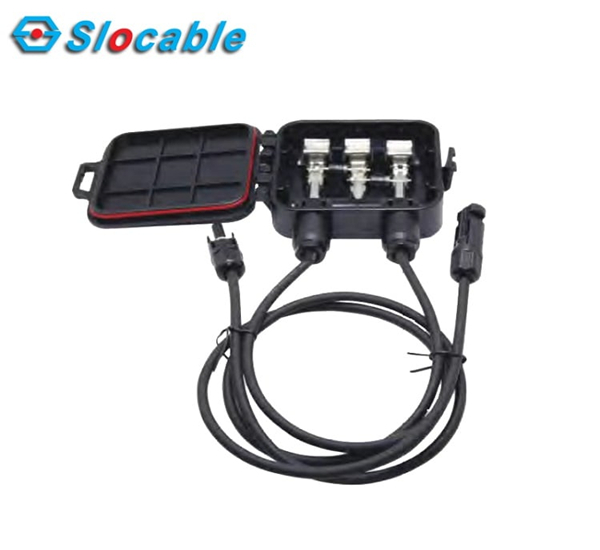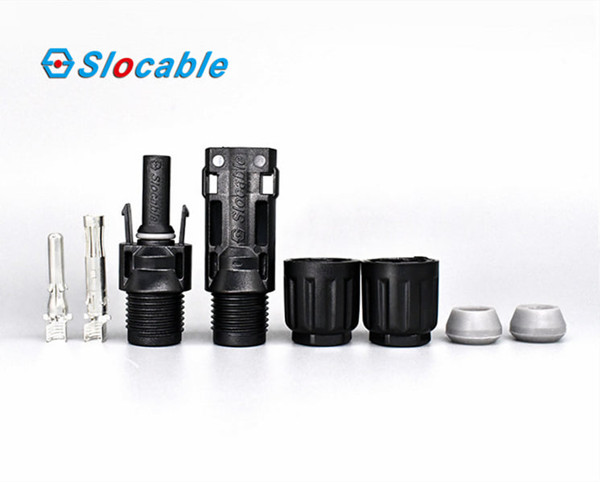How to Wire the Solar Panel Junction Box?
Solar panel junction boxes are an important but easily overlooked part of PV modules. The solar junction box is an enclosure on a PV module used to connect PV strings and is usually pre-installed on the back of a solar panel to protect the PV module from the environment. Today most photovoltaic junction box manufacturers are located in China, and Slocable is one of the famous PV junction box manufacturers in Dongguan, China.
How is the Solar Panel Junction Box Connected to the PV Module?
The solar panel junction box is attached to the back of the solar panel (TPT) by silicone adhesive, it connects the 4 PV connectors together and is the output interface of the solar panel.
How to Connect a Solar Junction Box to a PV Array?
Connecting solar panels to the array is made easy by using a solar junction box. Typically a cable with an MC4 connector on the end is used.
A good solar panel junction box will minimize corrosion of the terminals as it will keep water out. When purchasing solar modules, be sure to check the IP rating of the solar junction box, a fully waterproof junction box is marked with IP67/IP68.
Solar Panel Junction Box Basics
The solar panel junction box has bypass diodes that keep power flowing in one direction and prevent it from being fed back to the solar panel. Frank Rosenkranz, solar product manager for EMEA, India and Americas at solar junction box and connector manufacturer TE Connectivity, describes the junction box as “the most important component on a solar panel.”
”Each PV string is protected by diodes in the junction box,” he said. “Diodes are the gateways that allow for an uninterrupted flow of power.”
If part of the solar panel is shaded, the PV string will need to consume power, reversing the flow of power. Diodes inside the solar junction box prevent this from happening.
There are two different solar junction box production techniques – soldering/potting and clamping. Using the soldering and potting method, the foil coming out of the solar panel is soldered to the diode in the junction box. The junction box must then be potted or filled with a sticky material to allow thermal transfer of heat, hold the solder joints in place and prevent them from failing. Once enough time has passed for the potting material to fully cure, the solar panel is ready for use.
By clamping production, a simple clamping mechanism attaches the foil to the wire. No fumes and no major cleanup like soldering/potting methods. When comparing material and labor costs as a whole, the two methods are fairly equal in price. The clamping boxes can be more expensive, but the labor required to solder and pot other boxes tends to be higher.
If you want to know more about solar junction boxes, you can read: Integrated Solar PV Junction Box and Split Junction Box Basics.
How Does the Solar Junction Box Protect the Solar Panel?
Most solar panel junction boxes have diodes. The role of the diodes is to keep power flowing in one direction and prevent power from being fed back into the panel when there is no sunlight. High-quality solar junction boxes are certified (e.g. by TÜV) to regulate heat and provide reliable long-term safety.

